Hives are a heterogeneous disease syndrome. It is characterized by skin rash occurrence, similar to those after a nettle burn. These lesions are pink or porcelain white with blisters; they can be of various shapes and sizes. They arise quickly and disappear just as fast. They are often accompanied by mild pain and itching.
Hives that only last for less than six weeks are called acute urticaria![]() . On the other hand, if the problem happens at least twice a week and lasts for more than six weeks, it is called chronic urticaria
. On the other hand, if the problem happens at least twice a week and lasts for more than six weeks, it is called chronic urticaria![]() . Chronic spontaneous urticaria is a type of chronic hives with no apparent cause, also known as chronic idiopathic urticaria
. Chronic spontaneous urticaria is a type of chronic hives with no apparent cause, also known as chronic idiopathic urticaria![]() .
.
Another type of hives is physical urticaria![]() , also known as inducible urticaria. Exposure to cold, heat, sun, vibrations, pressure, exercising, or sweating can trigger these hives. Physical hives usually appear within an hour after exposure and can also be chronic.
, also known as inducible urticaria. Exposure to cold, heat, sun, vibrations, pressure, exercising, or sweating can trigger these hives. Physical hives usually appear within an hour after exposure and can also be chronic.
Urticaria![]() is one of the allergic diseases caused by an abnormal response of the immune system to contact with an allergen. Other conditions of this type include atopy, atopic dermatitis (eczema), hay fever, and extrinsic allergic alveolitis.
is one of the allergic diseases caused by an abnormal response of the immune system to contact with an allergen. Other conditions of this type include atopy, atopic dermatitis (eczema), hay fever, and extrinsic allergic alveolitis.
Acute hives are typically the result of an allergic reaction to something you have ingested, such as food, drink, or medication, or something that has come into contact with your skin. These reactions activate immune cells in your skin called mast cells, which then release histamine – a chemical that triggers the formation of hives.
Although less common, hives can also be caused by other factors such as infection, stress, or pressure on the skin. Identifying the exact cause of hives![]() can sometimes be difficult for healthcare providers.
can sometimes be difficult for healthcare providers.
Chronic hives are usually not caused by allergies and can be attributed to infections from bacteria or viruses or underlying medical conditions like lupus. Sometimes, the reason behind chronic hives cannot be pinpointed, and they are known as idiopathic.
While chronic hives can persist for extended periods, they are typically not permanent and life-threatening. Although they cause discomfort, you can manage them with appropriate treatment.
The action of the factors that cause urticaria leads to the release of the so-called inflammatory mediators (e.g., histamine, serotonin, prostaglandins, leukotrienes). These mediators, acting on small blood vessels, dilate and increase their permeability. Eventually, reddening of the skin occurs, and the fluid passes from the lumen of the ship to the surrounding tissues the development of edema in the form of a wheal. Mediators are also responsible for skin itching.
Blisters![]() form quickly. They last for a few or several hours. If they occur for several days, we are talking about chronic urticaria. Rashes of urticaria in the skin are often accompanied by swelling of the mucous membranes of the mouth and respiratory tract under the influence of skin contact with external factors, including atmospheric factors, i.e., cold, heat, and sunlight. Physical urticaria is also caused by rubbing the skin or applying pressure. In addition to skin redness, the disease causes red patches that are very itchy.
form quickly. They last for a few or several hours. If they occur for several days, we are talking about chronic urticaria. Rashes of urticaria in the skin are often accompanied by swelling of the mucous membranes of the mouth and respiratory tract under the influence of skin contact with external factors, including atmospheric factors, i.e., cold, heat, and sunlight. Physical urticaria is also caused by rubbing the skin or applying pressure. In addition to skin redness, the disease causes red patches that are very itchy.
Hives can also be an expression of other diseases and conditions![]() , such as:
, such as:
Serum sickness![]() is a set of reversible systemic symptoms caused by forming immune complexes with a foreign antigen in the circulation.
is a set of reversible systemic symptoms caused by forming immune complexes with a foreign antigen in the circulation.
Among the reasons are:
Serum sickness begins 7-14 days after administration of the triggering factor. The symptoms of urticaria persist for 1-2 weeks, after which they disappear spontaneously.
The most common symptoms of urticaria are fever accompanied by:
The skin lesions like macular-erythematous, papular, urticarial, or morbilliform are often found in itchy and symmetrical rashes. It initially affects the hands, feet, and torso but can affect the entire body. If the antigen was injected intradermally or intramuscularly, the first lesions may occur at the injection site. Other skin lesions include small vasculitis of the skin, erythema multiforme-like lesions (mucous membranes are uninvolved), palmar erythema, unusual maculopapular lesions on the lateral surfaces of the fingers and toes, or a band-like pattern along the outer margins of the soles.
The diagnosis of this disease is based on the following:
Treatment is based on discontinuing the drug causing the disease, administering antihistamines to relieve itching, non-steroidal anti-inflammatory medications to reduce joint discomfort, and systemic glucocorticoids to suppress the immune response.
To prevent the disease, avoiding the drug in the future is significant. If the drug needs to be used, the doctor recommends taking antihistamines and systemic corticosteroids simultaneously.
Hashimoto's disease![]() is chronic autoimmune thyroiditis, which is characterized by the lack of pain in the gland, the presence of antibodies against thyroperoxidase (TPO) and thyroglobulin (Tg), and lymphocytic infiltrates in the thyroid gland. In this disease, there is a slow development of hypothyroidism. The significant role is attributed to the activity of cytotoxic T lymphocytes responsible for destroying thyroid follicular cells.
is chronic autoimmune thyroiditis, which is characterized by the lack of pain in the gland, the presence of antibodies against thyroperoxidase (TPO) and thyroglobulin (Tg), and lymphocytic infiltrates in the thyroid gland. In this disease, there is a slow development of hypothyroidism. The significant role is attributed to the activity of cytotoxic T lymphocytes responsible for destroying thyroid follicular cells.
The first step in treating Hashimoto's disease is recognizing the condition. When making a diagnosis, the doctor will take into account the characteristic symptoms, observations from the patient's examination, and the results of the tests. The basic tests performed when thyroiditis is suspected are the assessment of TSH concentration in the blood and the determination of the concentration of antibodies directed against thyroid peroxidase (TPO). Some people may also need a thyroid ultrasound or fine-needle aspiration biopsy. The latter test is necessary primarily if Hashimoto's symptom is a thyroid nodule.

Making the correct diagnosis allows you to choose the right tactics in thyroiditis treatment. Hashimoto's disease is only treated symptomatically. The treatments are supposed to alleviate the emerging symptoms and enable an ordinary life. For this purpose, the patient takes anti-inflammatory drugs and individually selected doses of thyroid hormone.
Treating Hashimoto's disease is very important. Failure to do so may result in several complications.
Treatment of Hashimoto's disease is not only providing the body with the right amount of toxin but also taking care of the patient's psyche. Hashimoto's disease is closely related to the psyche. Many patients suffer from lowered mood, deterioration of well-being, and even depression. If mental symptoms appear, visit a psychologist.
Gestational urticaria![]() is, otherwise known as pruritic urticarial papules and plaques of pregnancy (PUPPP). PUPPP
is, otherwise known as pruritic urticarial papules and plaques of pregnancy (PUPPP). PUPPP![]() usually appears in the third trimester of pregnancy, most often in primiparous women.
usually appears in the third trimester of pregnancy, most often in primiparous women.
Skin lesions are multiform. Initially, these are very itchy edematous papules and urticarial lesions. An itchy rash is a characteristic symptom that distinguishes this disease from other pregnancy dermatoses. The spots are 1-2 mm in diameter and may be surrounded by pale rims that fade when pressed. Rarely, polymorphic urticarial wheals, small vesicles, and erosions appear, and in the case of skin lesions spreading toxic erythema. There are no blistering changes.
In most cases, the sowing of lesions begins in the place of stretch marks on the skin of the lower abdomen, sparing the periumbilical area, and then the lesions spread to the thighs, buttocks, and arms. The rash goes away immediately or a few weeks after delivery. There are no complications. Relapses are rare in subsequent pregnancies.
Hives do not pose a threat to the mother and child. The association of this disease with pre-eclampsia, atopy, autoimmune diseases, and herpes gestationis has not been demonstrated. Treatment is symptomatic and limited to the external use of corticosteroids. In more severe conditions, oral corticosteroids are required.
To ensure an accurate diagnosis of hives![]() , you should look for the presence of bubbly rash, short-term persistence of identified efflorescences, accompanying pruritus, regression of changes without leaving a permanent trace, and accurate patient history information.
, you should look for the presence of bubbly rash, short-term persistence of identified efflorescences, accompanying pruritus, regression of changes without leaving a permanent trace, and accurate patient history information.
In general, the skin changes are very typical (similar to burn nettle) and do not require differential diagnosis with other diseases.
If we suspect an immunological mechanism as a cause, perform the following tests:
The diagnostic track depends on the type of hives.
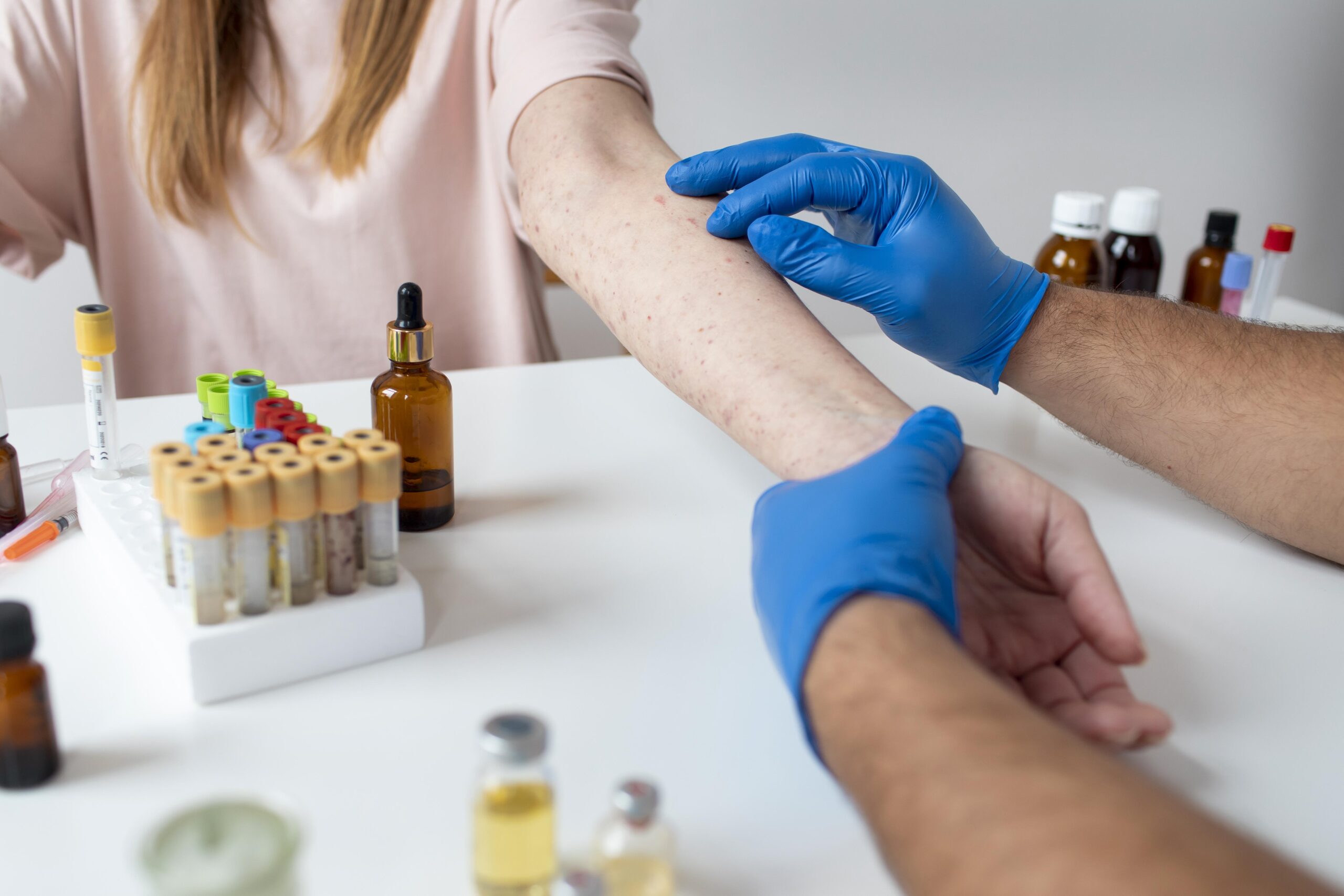
The most commonly used drugs![]() are antihistamines and sedatives (tranquilizers). Antihistamines, as the name suggests, have an antagonistic effect on histamine. Thanks to this, they will alleviate the symptoms of urticaria.
are antihistamines and sedatives (tranquilizers). Antihistamines, as the name suggests, have an antagonistic effect on histamine. Thanks to this, they will alleviate the symptoms of urticaria.
First-generation antihistamines![]() may cause drowsiness and sedation due to their penetration into the central nervous system. You should be careful during such treatment, especially if, for example, you drive a car or work at heights. Therefore, it is better to take them in the evening, preferably before going to bed. They may increase sleepiness, especially if you combine antihistamines with alcohol.
may cause drowsiness and sedation due to their penetration into the central nervous system. You should be careful during such treatment, especially if, for example, you drive a car or work at heights. Therefore, it is better to take them in the evening, preferably before going to bed. They may increase sleepiness, especially if you combine antihistamines with alcohol.
We mainly prescribe first-generation antihistamines for acute urticaria and use second-generation antihistamines![]() for chronic urticaria. It is because, due to their selectivity to histamine receptors and the fact that they do not penetrate the blood-brain barrier, they do not cause drowsiness or sedation, so you can use them safely during the day. However, they should also be used with caution – as they can cause heart rhythm disturbances.
for chronic urticaria. It is because, due to their selectivity to histamine receptors and the fact that they do not penetrate the blood-brain barrier, they do not cause drowsiness or sedation, so you can use them safely during the day. However, they should also be used with caution – as they can cause heart rhythm disturbances.
Antihistamine treatment is not prescribed to pregnant women. Your doctor may prescribe chlorphenamine, but this may carry some risks. Although several thousand pregnant women have been treated with these drugs without any harmful effects on the fetus, it is significant to note that their complete safety for unborn babies has not been scientifically proven.
Treatment of hives in older children may also include antihistamines![]() . In some allergic cases, when urticaria in children persists for a long time, preparations with glucocorticosteroids (anti-inflammatory and anti-allergic) are also used. Corticosteroids
. In some allergic cases, when urticaria in children persists for a long time, preparations with glucocorticosteroids (anti-inflammatory and anti-allergic) are also used. Corticosteroids![]() suppress the immune system, which makes hives disappear in children. If antihistamine treatment is ineffective, your doctor may prescribe corticosteroids for a brief period, but only in high doses. It is important to note that prolonged use of corticosteroids is not advised due to the risk of severe side effects.
suppress the immune system, which makes hives disappear in children. If antihistamine treatment is ineffective, your doctor may prescribe corticosteroids for a brief period, but only in high doses. It is important to note that prolonged use of corticosteroids is not advised due to the risk of severe side effects.
Possible side effects of the treatment include:
If the allergen-causing urticaria has been identified, specific desensitization may be used. Menthol preparations can also be used on the skin. They are used as a complementary therapy. Menthol can soothe the unpleasant itching of the skin.
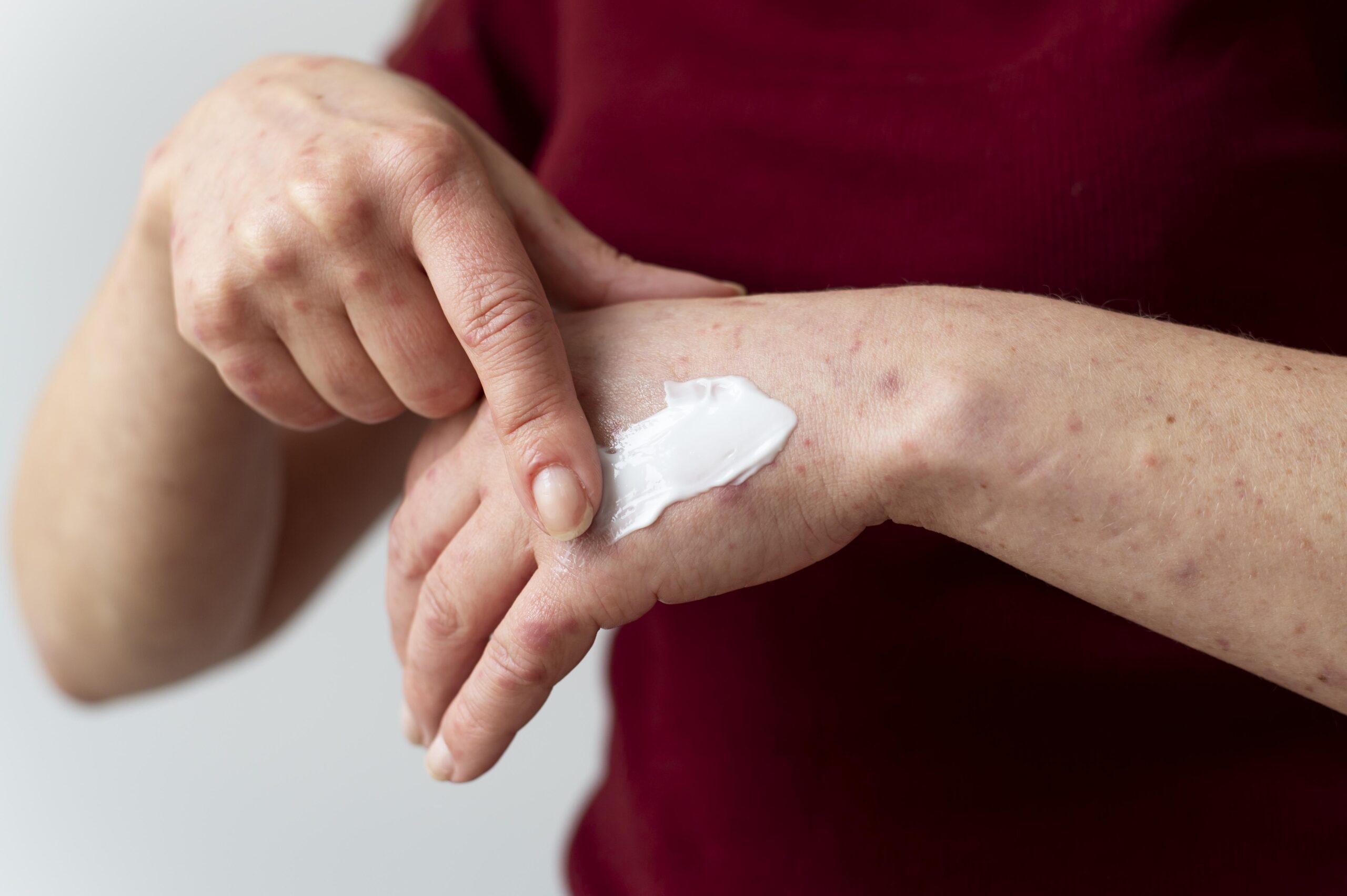
The main element of urticaria prevention is to find the causative mechanism of the disease. Then it is significant to avoid these factors![]() .
.
Prevention and treatment of allergic urticaria may involve changing the diet![]() by limiting or eliminating certain foods, for example, fish, shellfish, tomatoes, strawberries, chocolate, pineapple, and orange juice.
by limiting or eliminating certain foods, for example, fish, shellfish, tomatoes, strawberries, chocolate, pineapple, and orange juice.
Table of Contents
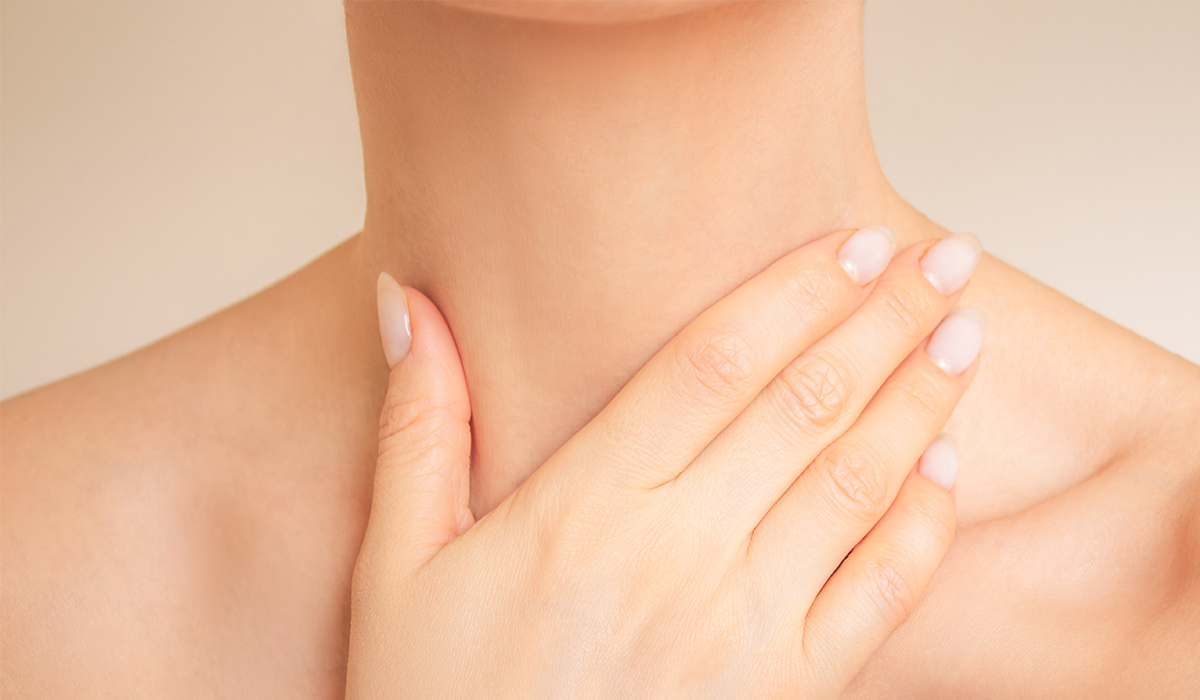
Hashimoto's disease is an autoimmune disease. May cause hypothyroidism. Check what are the symptoms of Hashimoto's disease and how it… read more »
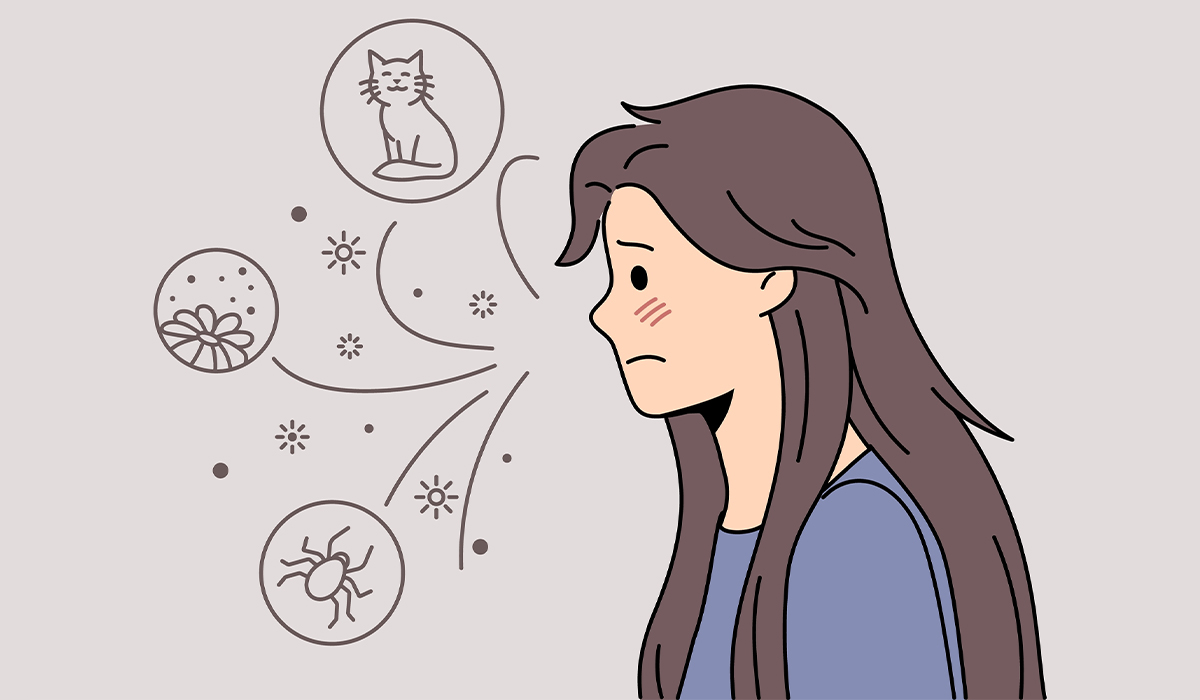
Allergies happen when the immune system starts a reaction against certain substances, such as pollens, pet fur, food, or medication.… read more »
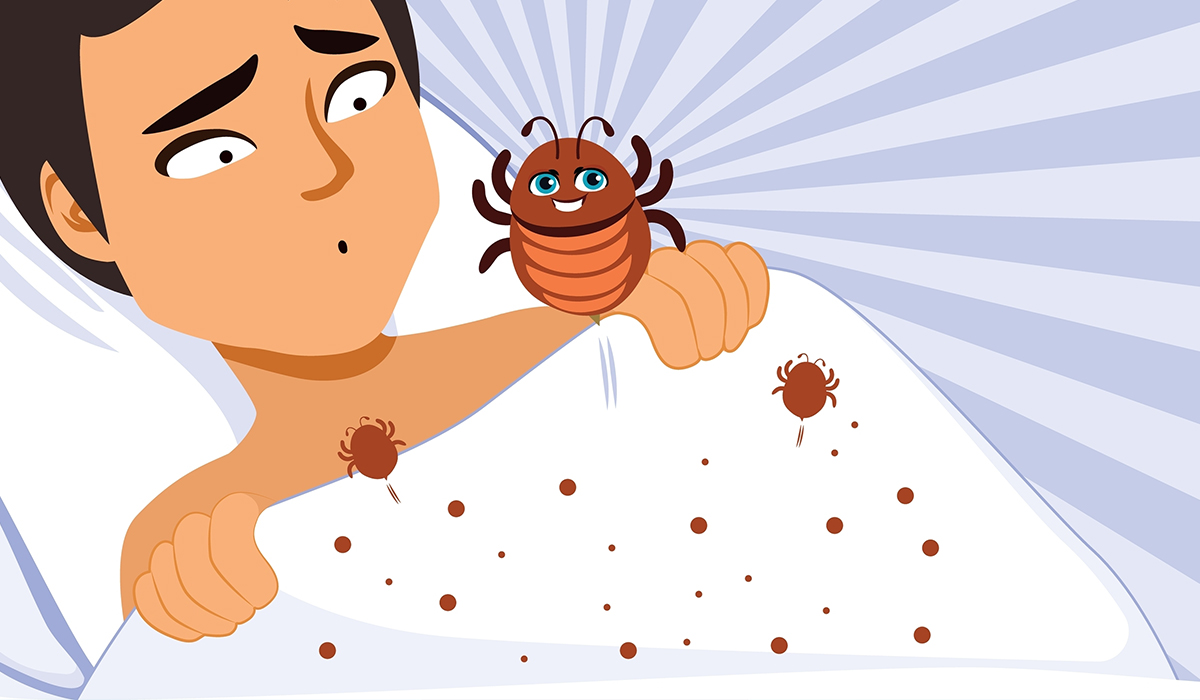
Bed bugs are parasites that feed on human blood. The insect bites can cause a variety of symptoms. Learn how… read more »
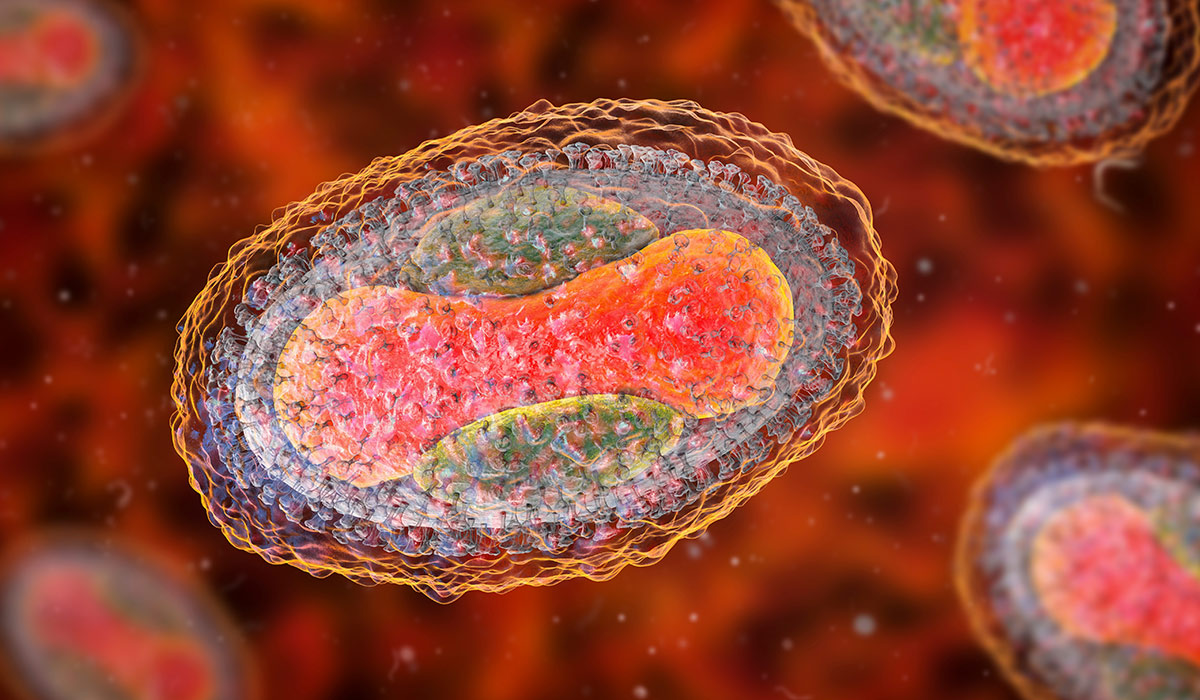
Molluscum contagiosum is a common skin infection especially in children. Find out how to recognise molluscum contagiosum skin lesions. Learn… read more »

Pityriasis Rosea is a skin disease. It usually does not require treatment, but for pregnant women the disease can be… read more »
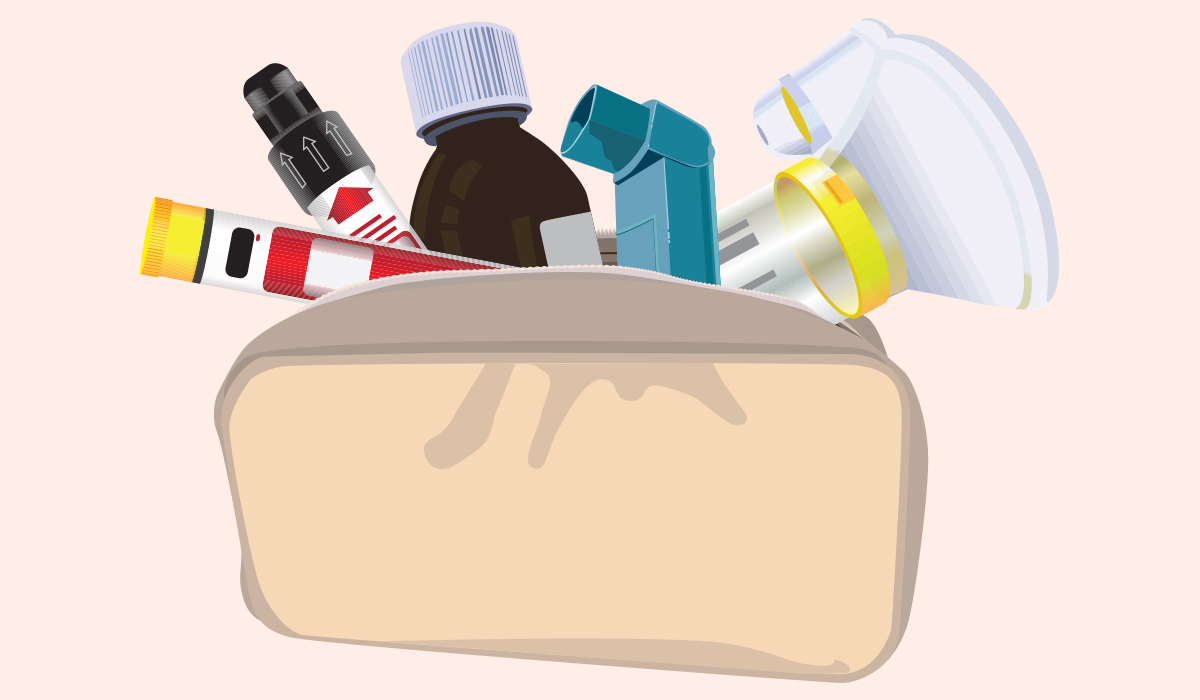
Anaphylaxis is a strong reaction that happens when your body faces allergens it strongly dislikes, like peanuts or insect bites.… read more »
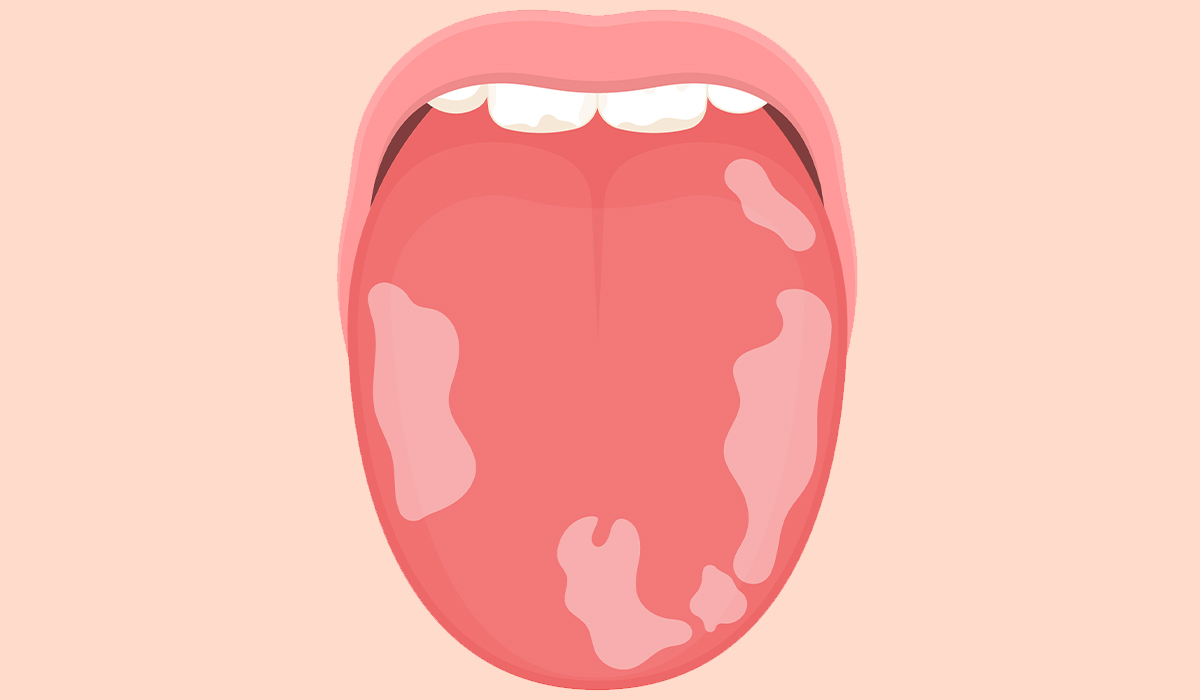
Leukoplakia is a disease that most commonly affects the oral cavity. A complication of leukoplakia can be cancer, so it… read more »
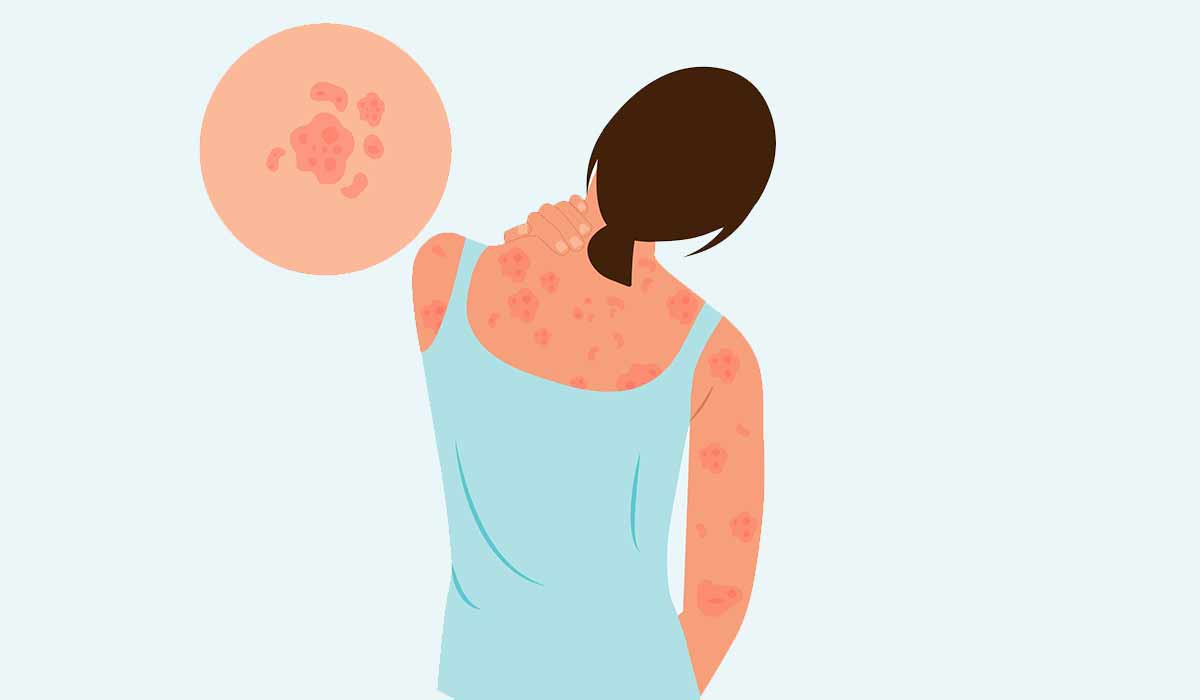
Psoriasis is characterized primarily by skin lesions that result from impaired epidermal regeneration. Learn about all types and signs of… read more »
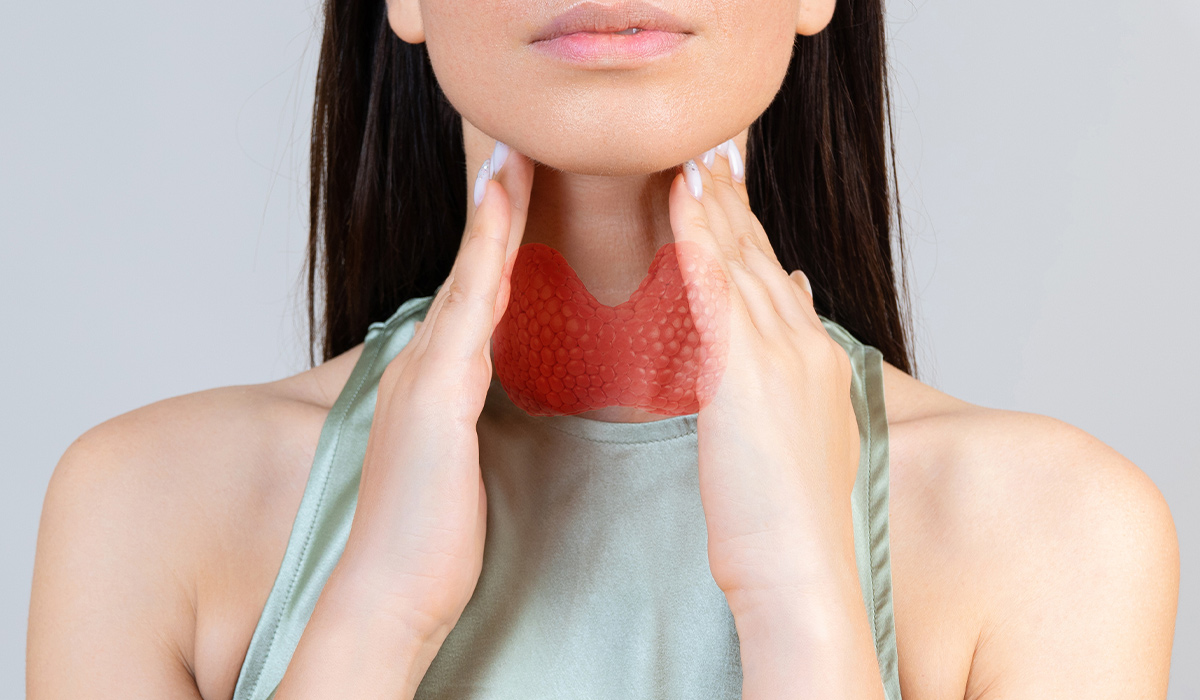
Also known as Hashimoto's thyroiditis and chronic autoimmune thyroiditis, Hashimoto's disease is an autoimmune condition that causes the immune system… read more »